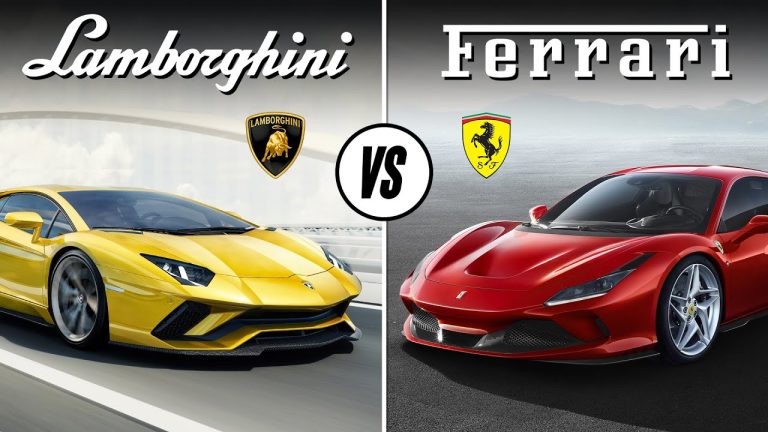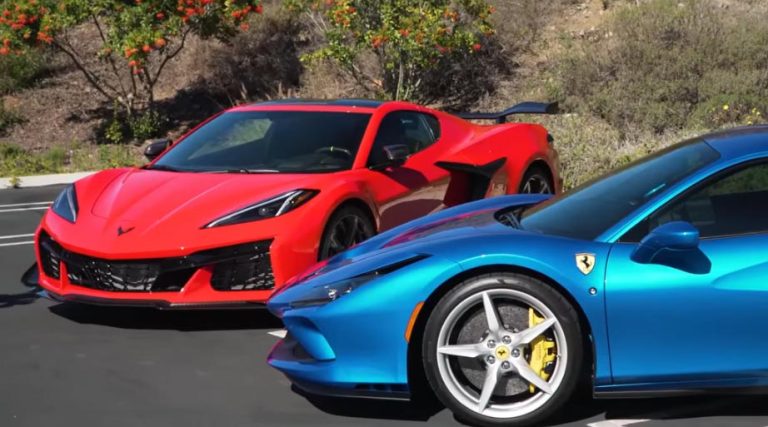Difference Between Grand Tourer And Sports Car
Grand Tourer vs Sports Car: A Detailed Comparision
While both grand tourers (GTs) and sports cars are designed for exhilarating drives, they cater to different experiences. Here’s a detailed breakdown of their key differences:
Frequently Asked Questions
What is a grand tourer?
A grand tourer (or gran turismo) is a car designed for long-distance travel, offering a combination of high performance and comfort. It is an ideal choice for car enthusiasts who value both speed and ease of driving on their journeys.
Is a touring car the same as a sports car?
Not exactly. While both are performance-oriented, touring cars are more derived from production cars and share similarities with American stock car racing governed by NASCAR. Sports cars, however, are known for their high performance and often come as detuned versions of race cars.
What sporting car models are considered as grand tourers?
Some models such as the Ferrari 250 Europa and the Porsche 911 Turbo S are often considered grand tourers. They blend high-speed performance with comfort, thus making them suitable for long-distance journeys.
What does “GTR” and “GTO” stand for in car models?
In car naming models, “GTR” stands for “Gran Turismo–Racing” and “GTO” stands for “Gran Turismo Omologato”. These Italian conventions are often used to denote grand tourer cars that were designed for high performance, racing, and recognized for competition respectively.

Hi! I’m Larry Gibbs, studying mechanical engineering with a focus on cars. I really love Ferraris and write blog posts about the latest car stuff. When not studying or blogging, I’m usually on a road trip exploring new places. I also enjoy playing football and watching movies. Life’s an adventure, and I’m all about enjoying the ride!










